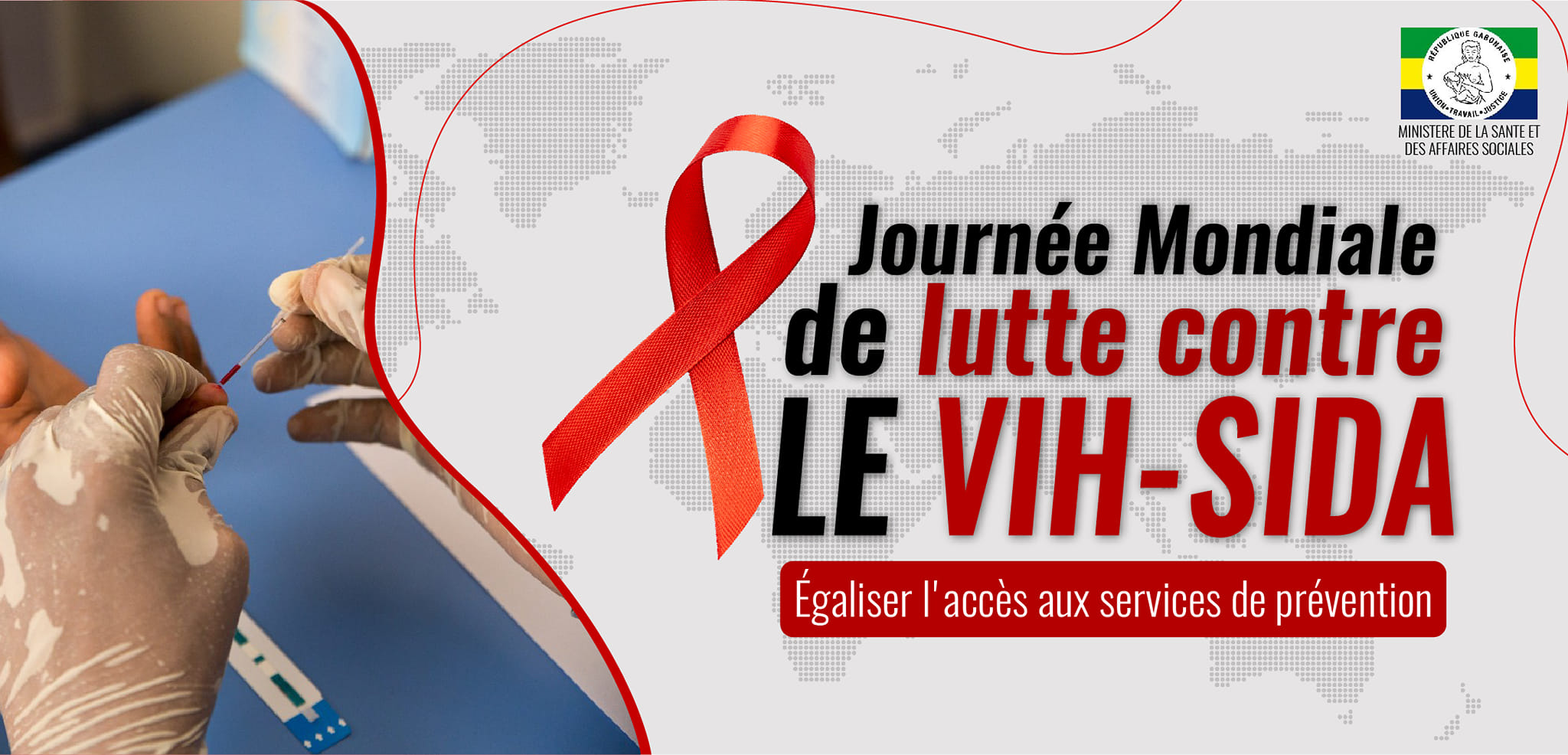How To Survive A Flash Flood Emergency: A Step-by-Step Guide

Table of Contents
Understanding Flash Flood Risks and Warning Signs
Understanding your risk of flash flooding is the first step in ensuring your safety. Knowing where you live and the surrounding geography can greatly improve your preparedness.
Identifying High-Risk Areas
Geographical factors significantly influence the likelihood of flash floods. Mountainous regions, areas with poor drainage systems, and those located near rivers, creeks, or other bodies of water are particularly vulnerable.
- Examples of high-risk areas: Areas with steep slopes, canyons, and densely developed areas with limited drainage. Low-lying areas near rivers are also extremely susceptible to rapid flooding.
- Importance of checking local flood maps: Familiarize yourself with your local flood maps. These maps identify areas with a high probability of flooding, helping you assess your personal risk. Many municipalities provide these maps online.
- How to identify previous flood zones: Look for physical indicators like high-water marks on buildings or debris lines indicating the extent of previous flood events. Talking to long-term residents can also provide valuable local knowledge about flood-prone areas.
Recognizing Warning Signs
Recognizing the warning signs of an impending flash flood is crucial. These warnings can be visual cues or official alerts.
- Rapidly rising water levels: A sudden and significant increase in water levels in rivers, streams, or normally dry areas is a major warning sign.
- Strong currents: Fast-moving water is a clear indicator of a flash flood. Avoid contact with these currents; they can easily sweep you away.
- Changes in water color: A significant change in water color, often becoming muddy or brown, indicates increased sediment and runoff, characteristic of flash flooding.
- Official weather alerts (siren warnings, mobile alerts): Pay close attention to weather forecasts and official warnings issued through sirens, mobile alerts (like NOAA's Weather Radio), or local news channels. These alerts are your most reliable source of information.
- Unusual sounds (rushing water): Listen for unusual sounds such as the roar of rushing water, even if you can't initially see the water itself. This can alert you to approaching floodwaters.
Creating a Flash Flood Preparedness Plan
Proactive planning significantly increases your chances of survival during a flash flood emergency.
Emergency Kit Essentials
Assemble a dedicated flash flood emergency kit. This kit should be easily accessible and contain essential supplies.
- First-aid kit: Include bandages, antiseptic wipes, pain relievers, and any necessary personal medications.
- Water: Store at least one gallon of water per person per day for several days.
- Non-perishable food: Pack food that requires no cooking or refrigeration, such as canned goods, energy bars, and dried fruits.
- Flashlight: A flashlight with extra batteries is crucial for navigating in the dark.
- Radio (battery-powered): Stay updated on emergency broadcasts and instructions.
- Whistle: Use a whistle to signal for help if you are trapped.
- Important documents (waterproofed): Keep copies of essential documents, such as insurance policies and identification, in a waterproof container.
- Medications: Pack any essential medications you or your family members require.
Evacuation Route Planning
Planning multiple evacuation routes is vital. Familiarize yourself with different escape routes to higher ground.
- Identifying multiple escape routes: Map out several escape routes from your home and workplace, considering various traffic conditions.
- Knowing the location of higher ground: Identify nearby areas of high ground where you can seek refuge.
- Understanding local evacuation routes and shelters: Know the designated evacuation routes and the locations of nearby emergency shelters.
Communicating Your Plan
Ensure your family members are aware of your plan. Communication is key during emergencies.
- Designated meeting points: Establish multiple meeting points in case you are separated during the emergency.
- Contact information: Share contact information and a communication plan (e.g., text messages may be more reliable than phone calls).
- Emergency contacts: Keep a list of emergency contacts, including family, friends, and neighbors.
Actions to Take During a Flash Flood Emergency
When a flash flood begins, rapid action is essential.
Immediate Actions
Your priority is to move to higher ground immediately.
- Move to higher ground immediately: Do not wait for instructions; evacuate immediately if you receive a flash flood warning.
- Avoid flooded areas: Never attempt to drive or walk through floodwaters. The depth and current of floodwaters can be deceivingly dangerous.
- Do not attempt to drive or walk through floodwaters: Even a few inches of swiftly moving water can sweep you off your feet. Floodwaters can also hide debris, making them even more dangerous.
- Turn off utilities: If safe to do so, turn off gas, electricity, and water to prevent further damage.
- Seek shelter in a sturdy building: If evacuation is impossible, seek shelter in a sturdy building on higher ground. Avoid basement areas.
Staying Safe During Shelter
While in shelter, prioritize safety and staying informed.
- Monitor the news: Stay updated on flood warnings and instructions from emergency officials.
- Stay updated on flood warnings: Continue monitoring weather reports for updates on the flash flood.
- Stay away from windows: Avoid windows to prevent potential injury from flying debris.
- Conserve supplies: Ration your supplies to ensure they last as long as necessary.
Post-Flash Flood Actions and Recovery
After the floodwaters recede, focus on safety and assessing the damage.
Assessing Damage and Safety
Before entering your home or property, take precautions.
- Checking for gas leaks: Carefully check for gas leaks before entering your home. If you detect a leak, evacuate immediately and contact the gas company.
- Electrical hazards: Do not touch electrical equipment or wires that have been in contact with floodwaters. They may be live and pose a serious risk.
- Structural damage: Carefully inspect your home for structural damage, including foundation cracks or roof damage. Consult professionals for structural assessments.
- Water contamination: Floodwater can be severely contaminated with sewage and other dangerous materials. Avoid contact, and disinfect any areas affected.
- Reporting damage to authorities: Report damage to your local authorities to receive assistance and aid in the recovery process.
Cleaning and Sanitation
Cleaning up after a flash flood requires caution and proper procedures.
- Using protective gear: Always use protective gear, such as rubber boots, gloves, and eye protection, when cleaning up after a flood.
- Disinfecting affected areas: Thoroughly disinfect all affected areas with a bleach solution to kill bacteria and prevent disease.
- Discarding contaminated items: Discard any items that have been in contact with floodwater that cannot be properly cleaned and disinfected.
- Avoiding contact with floodwater: Floodwater can carry harmful bacteria, chemicals, and other contaminants; avoid all contact whenever possible.
Conclusion
Surviving a flash flood emergency requires preparedness and quick thinking. By understanding the risks, creating a comprehensive preparedness plan, and taking decisive action during a flood, you significantly increase your chances of survival. Remember, early warning signs and swift action are crucial. Don't wait for the flash flood to begin – prepare now and learn how to effectively respond to a flash flood emergency. Develop your family's flash flood emergency plan today and stay safe.

Featured Posts
-
 Bayern Munichs Neuer Injury Setback Casts Doubt On Key Matches
May 26, 2025
Bayern Munichs Neuer Injury Setback Casts Doubt On Key Matches
May 26, 2025 -
 Trump Approves Nippon U S Steel Deal A New Era In Steel Trade
May 26, 2025
Trump Approves Nippon U S Steel Deal A New Era In Steel Trade
May 26, 2025 -
 La Couverture Des Diables Rouges Par La Rtbf Une Dynamique Changeante
May 26, 2025
La Couverture Des Diables Rouges Par La Rtbf Une Dynamique Changeante
May 26, 2025 -
 La Rtbf Et La Lutte Contre La Desinformation A L Occasion De La Journee Mondiale Du Fact Checking
May 26, 2025
La Rtbf Et La Lutte Contre La Desinformation A L Occasion De La Journee Mondiale Du Fact Checking
May 26, 2025 -
 Fathers Desperate Rowing Journey To Fund Sons 2 2 Million Treatment
May 26, 2025
Fathers Desperate Rowing Journey To Fund Sons 2 2 Million Treatment
May 26, 2025
